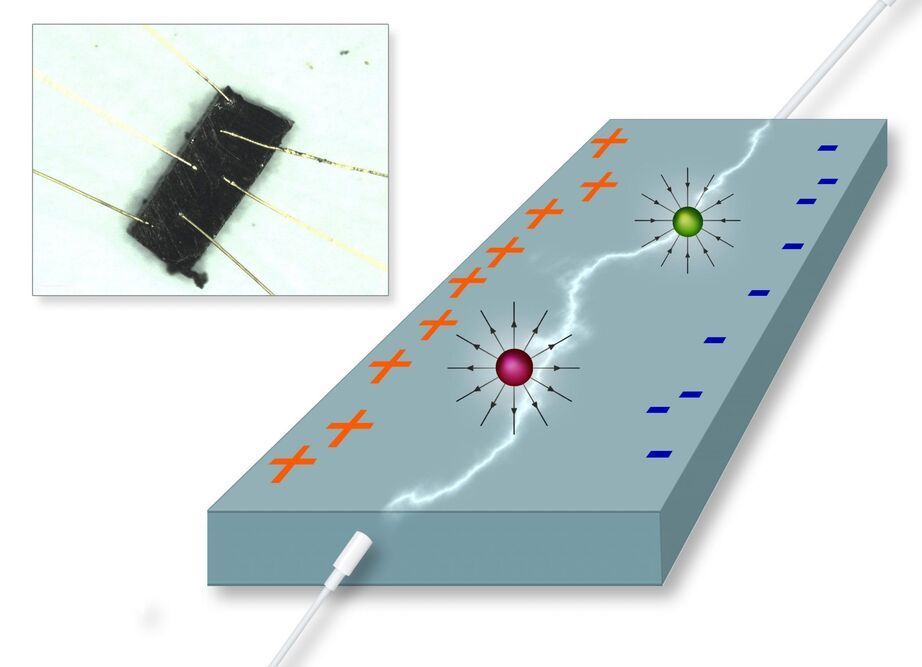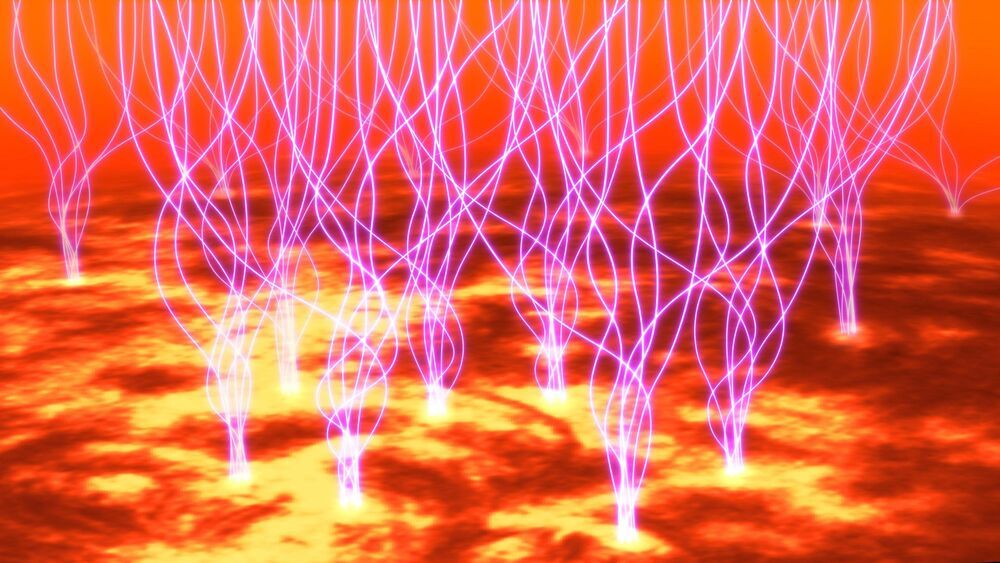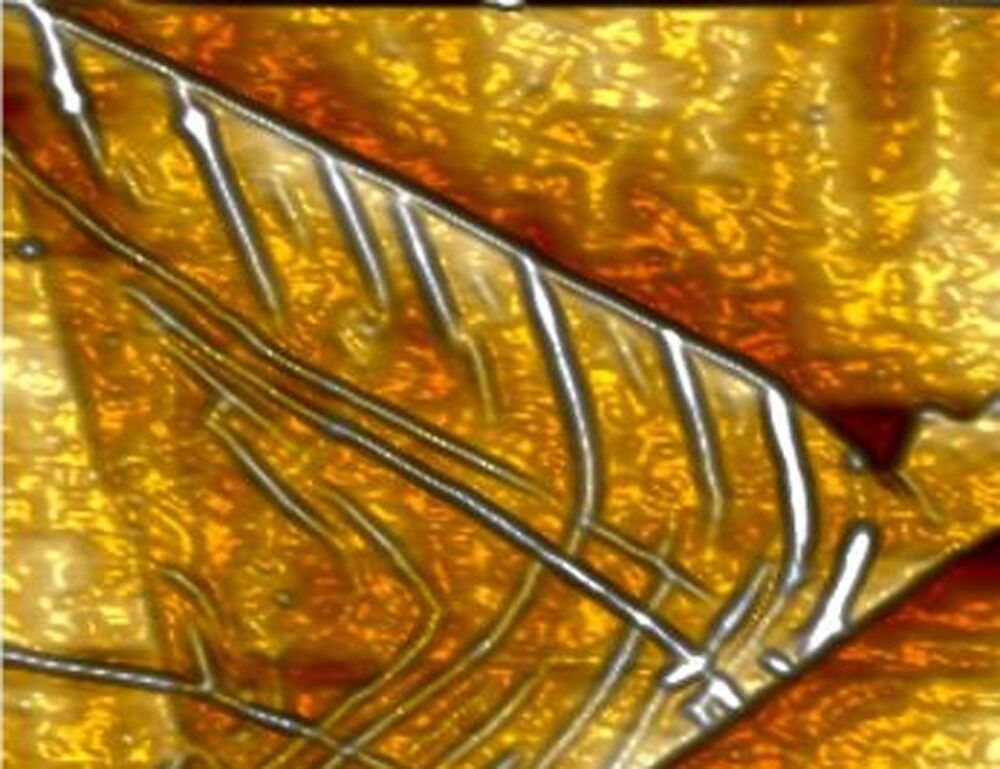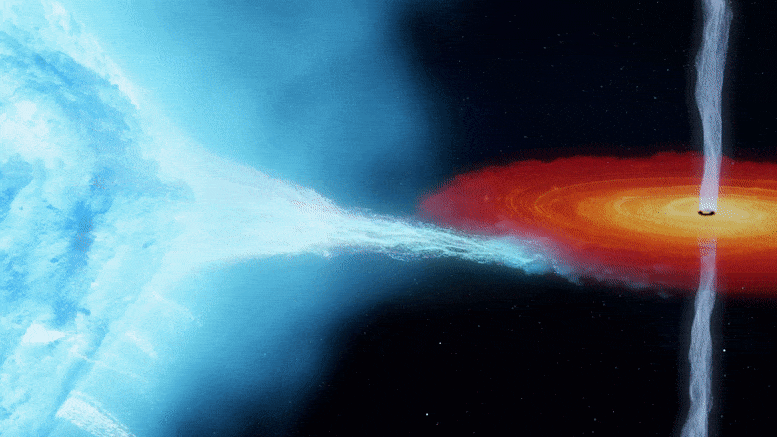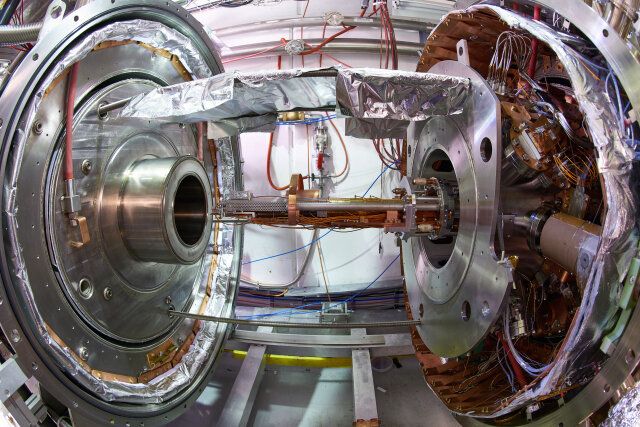Neil deGrasse Tyson, American astrophysicist, cosmologist, planetary scientist, author, and science communicator, gives one of the most eye opening interviews you will ever hear.
►Inspired? Get Neil’s book, Astrophysics for People in a Hurry: https://amzn.to/2Mm3YSc.
Thank you to Tom Bilyeu for providing the amazing interview! Check out his awesome channel here for more: https://www.youtube.com/TomBilyeu.
Join us every week for new videos from the greatest minds: http://bit.ly/SubscribeHub.
“On my tombstone, I want the epitaph to read: Be ashamed to die until you have scored some victory for humanity.“
― Neil deGrasse Tyson.
If you know someone who could use this video, share it with them!
——————————————————————
►Follow MotivationHub.
